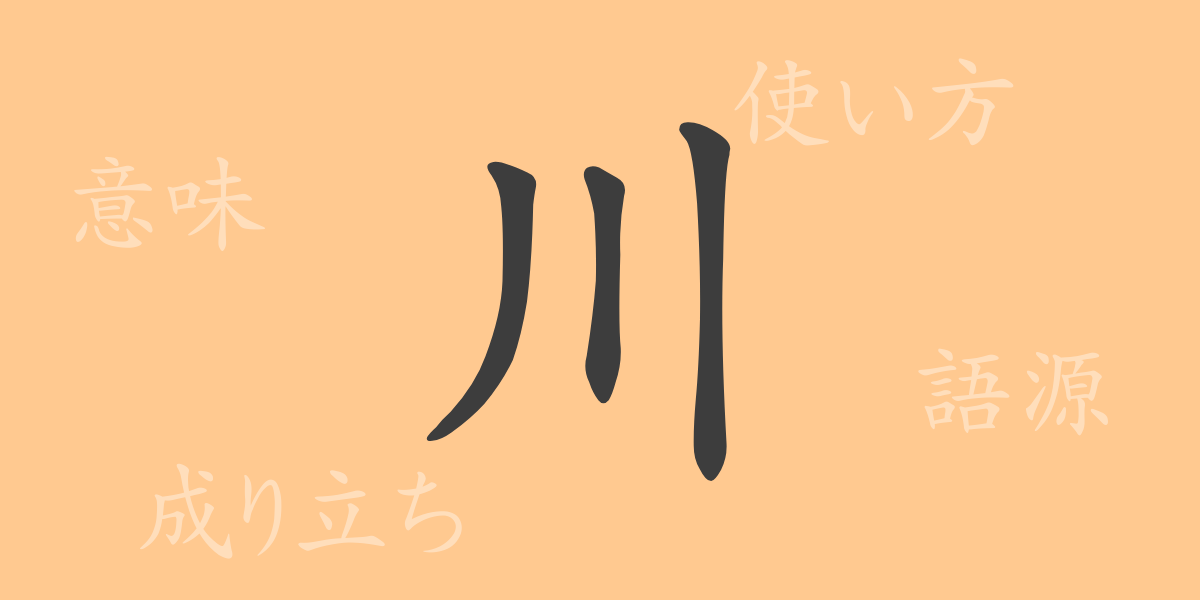Water is the source of life, and its flow has shaped the development of civilizations. In Japan, rivers, known as “川” (かわ), crisscross the archipelago, deeply ingrained in the natural beauty, daily life, and culture of the people. This article explores the Japanese kanji “川”, delving into its origins, meanings, applications, and even the idioms and proverbs that enrich its use in Japanese culture.
Origins of 川 (かわ)
The kanji “川” traces its roots back to ancient Chinese pictographs. It is visually represented by three overlapping lines, symbolizing the flow of water. This simple yet powerful design has been passed down through the ages and remains in use today.
Meaning and Usage of 川
“川” specifically denotes rivers, extensively used to describe the natural watercourses in the environment. The richness of rivers has brought prosperity to the inhabitants of their basins, serving as crucial resources for agriculture, fishing, and transport. In poetry and artistic expressions, rivers often symbolize the flow of time and the journey of life.
Pronunciation, Stroke Count, and Radical of 川
The kanji “川” is simple in design yet significant in meaning, denoting the concept of flow.
- Pronunciation: On’yomi is “せん”, Kun’yomi is “かわ”
- Stroke Count: 3 strokes
- Radical: “巛” (さんずい), associated with flowing water
Idioms, Phrases, and Proverbs Using 川
There are numerous idioms and proverbs involving “川” in Japanese, reflecting the people’s views on nature and their values:
- “川を渡って犬を叱る” (かわをわたっていぬをしかる ‐ Scolding the dog after crossing the river) – Criticizing someone after the fact.
- “川の流れのように” (かわのながれのように ‐ Like the flow of a river) – Describing something that changes naturally over time or depicts the gentle flow of life.
- “川上・川下” (かわかみ・かざしも ‐ Upstream and downstream) – Referring to the cause and effect or order of events in situations.
Conclusion on 川
The kanji “川” permeates Japanese culture, from everyday life to literature and proverbs, influencing people’s perceptions with its constant yet changing presence. By understanding the deep meanings and diverse applications of this single character, we gain a greater appreciation of the beauty of the Japanese language and the rich natural and cultural contexts it reflects.

























